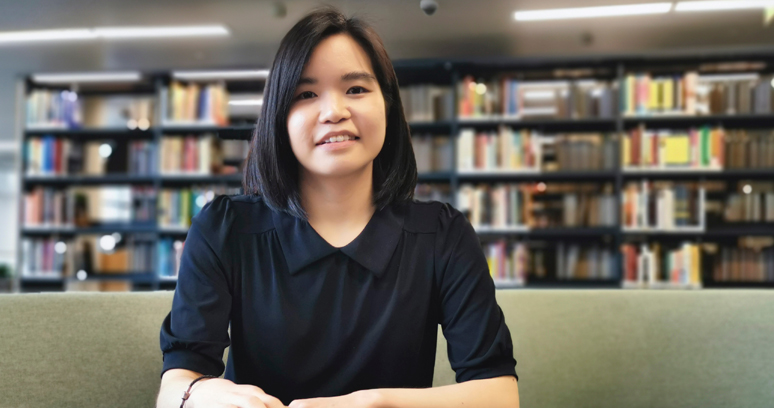
Celia Lam
Understanding ourselves and the changing world
Professor in Media and Cultural Studies
Can you explain your research?
The academic field of cultural studies analyses how culture works in our everyday lives to, among other things, shape the way we see the world and construct our identities.
My research looks specifically at public figures within a culture as curated persona, how they are perceived and what impact they have. I also explore how the ideas associated with a public figure can affect people’s everyday life, and how people internalise and use these ideas to express themselves.
How will your research affect the average person?
Popular culture is so much part of our everyday life. It affects how we formulate ideas about the world, and how we engage with public debate.
Often, bigger ideas or debates are filtered through or embodied by public figures. Studying these public figures gives us a way to examine the ideas that circulate in a community and ultimately, understand how culture and society works. This means that we need to develop critical perspectives on popular culture and public figures, so that we understand the impact and influence they have in their specific cultural contexts.
For instance, people who couldn’t understand why Trump was elected in 2016 would benefit from understanding the importance of popular culture. Trump already had a public persona from his reality television show. This persona was magnified and combined with populist politics to appeal to specific voters. The dominance of the persona in his public presentation meant that it was often his persona that people were responding to. It is therefore important to have a critical perspective so that we can deconstruct and understand social phenomena.
Can you share the research projects you’ve done and what are the findings?
The projects I’ve worked on tend to be based on publication outputs. I’ve published more than three edited collections and have one co-authored book underway.
My most recent publication is a book about fandom in Australia. It explores how fan communities consume cultural products in Australia and how they express themselves differently from fans in other places.
Physical and temporal distance separates Australia from many other parts of the world. It also separates people living on the Australian continent; the time difference between the East and West coast is anywhere between 2 or 3 hours. Distance is therefore a concept that influences how Australian fans interact with each other and the cultural products they consume.
In order to overcome challenges of distance, Australian fans have devised ways to access content from overseas, and utilised available technologies to distribute that content among fan communities. Fans in Australia have also devised various technologies to ensure their community maintains a sense of cohesion and collectiveness. For example, earlier fans developed a sophisticated mailing system and radio programmes to engage with each other. More contemporary fans create on and offline events that both coincide with cultural events happening overseas in a different time zone. At the same time local events are organised to create uniquely Australian experiences of fan engagement with global popular culture.
Where would you like to take your research next?
The book that I’m currently working on is about bromance and how capital around bromance is leveraged to support the curation of persona, promotion of products, or commoditisation of the bromance itself. So the immediate plan is to finish the book.
I’m also an executive in the Fame and Persona Research Consortium (FPRC), which is an international research network dedicated to advancing research in the study of fame, celebrity and persona. Our aim is to position fame as a framework to study the way that culture operates. In the future, I will work more closely with the consortium to grow its network and to raise the profile of the study of fame.
You’ve taught students of different levels at UNNC. What is your biggest takeaway from teaching?
Our students are very self-motivated and engaged, demonstrating strong intellectual curiosity about the subjects they study. I like to foster this intellectual curiosity by getting them to think about concepts, issues and theories. At the same time, I want students to also learn through practice. That is to say, my approach to teaching is to encourage students to intellectually engage with ideas, and to also develop an understanding about the implication of those ideas through their own experiences.
I teach a module on documentary, which focuses on the theories and issues around documentary as a genre, a filmmaking practice and a text. In addition to standard forms of assessment like essays, I have incorporated a practical component where students create a short film in response to a topic on documentary. The module itself is theoretical; it is not designed to be a film production module. Yet, students produce films effectively without being taught how to edit footage, or how to use music. The assignments they’ve submitted are quite mature and demonstrate a high level of creativity. I felt very proud of them.
The strength of some students may not necessarily be in academic writing but that doesn’t mean they don’t have a sophisticated response to the concept they are studying. This is part of the reason why I think having a practical component in a module is important, because it gives students the opportunity to express their ideas using a creative medium and the room to innovate. It also encourages them to think through the ideas around documentary by actually doing it.